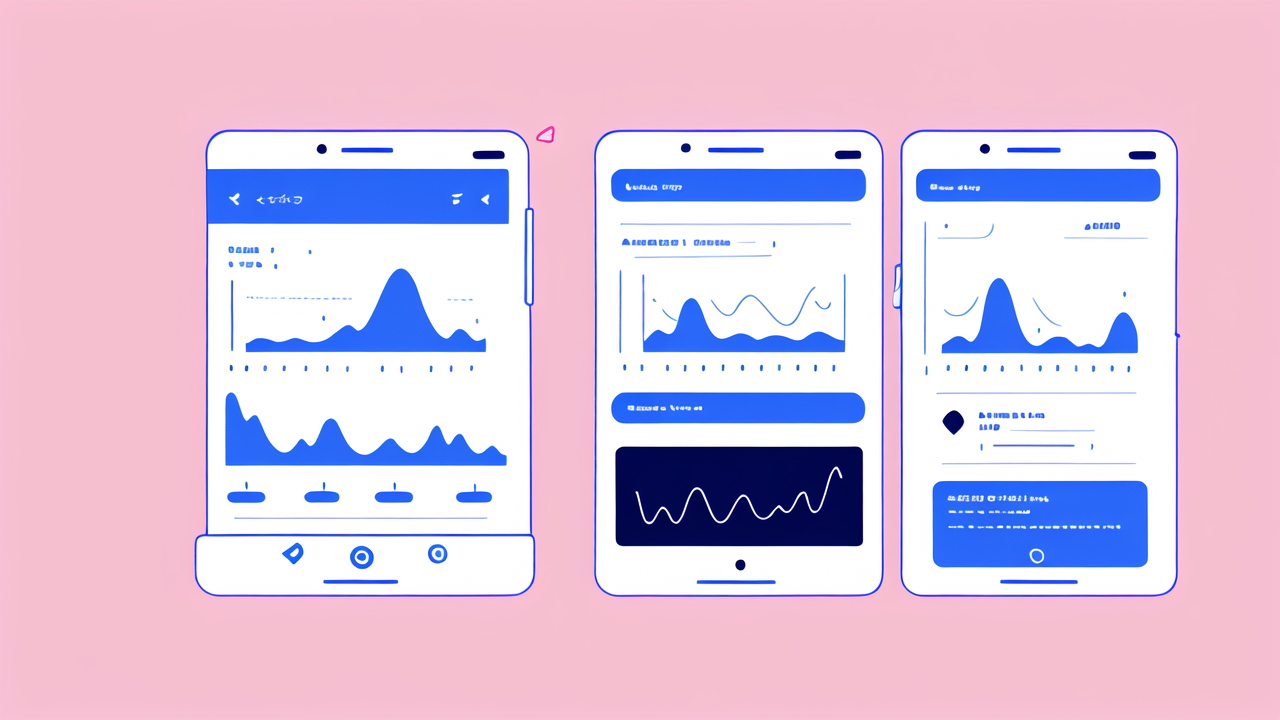Understanding Activity Trackers: A Comprehensive Overview
The Evolution of Activity Tracking Devices
Activity trackers have come a long way since their inception. They started as simple pedometers, counting steps and little else. As technology advanced, these devices evolved rapidly. Early models could track distance and estimate calories burned. Today's trackers are far more sophisticated. They can monitor heart rate, sleep patterns, and even stress levels. The journey from basic step counters to complex health monitors has been remarkable. This evolution has made activity trackers more useful and popular than ever before.

Key Features of Modern Activity Trackers
Modern activity trackers boast an impressive array of features. Here are some key capabilities:
- Step counting and distance tracking
- Heart rate monitoring
- Sleep analysis
- Calorie burn estimation
- GPS tracking for outdoor activities
- Water resistance for swimming
- Smartphone notifications
- Stress level monitoring
These features make activity trackers powerful tools for health and fitness. They provide users with comprehensive data about their daily activities and overall well-being. This information can be valuable for setting and achieving health goals.
Comparing Smart Watches to Traditional Wearables
Smart watches and traditional wearables both serve as activity trackers, but they differ in several ways. Smart watches offer a wider range of features. They can run apps, make calls, and even pay for purchases. Traditional wearables focus mainly on fitness tracking. They often have longer battery life and simpler interfaces. Smart watches typically have larger screens, making data easier to read. However, this can make them bulkier than traditional trackers. The choice between the two depends on individual needs and preferences.
Benefits of Smart Watches as Activity Trackers
Advanced Metrics and Analysis
Smart watches excel in providing advanced metrics and analysis. They can track a wide range of data points, including:

- Detailed heart rate variability
- Blood oxygen levels
- ECG readings
- Fitness age estimates
These devices often use AI to analyze data and provide insights. They can detect patterns in your activity and health data. This analysis can help users understand their fitness levels and overall health better. Smart watches can also provide personalized recommendations based on this data.
Integration with Other Health Technologies
Smart watches shine in their ability to integrate with other health technologies. They can sync with various health apps and devices. This creates a more comprehensive health monitoring system. For example, they can connect to smart scales or blood pressure monitors. This integration allows for a holistic view of one's health. Users can track their progress across multiple health metrics in one place. This seamless connection between devices makes health monitoring more convenient and effective.
Lifestyle and Behavior Coaching
Many smart watches now offer lifestyle and behavior coaching features. These can help users make healthier choices throughout the day. For example, they might remind you to stand up and move if you've been sitting too long. Some watches can suggest breathing exercises during stressful times. They can also provide workout suggestions based on your fitness level and goals. This coaching aspect turns smart watches into personal health assistants. They don't just track data; they help you act on it to improve your health.
Drawbacks of Smart Watches in the Activity Tracking Arena
Cost and Accessibility
One major drawback of smart watches is their cost. They are often more expensive than traditional activity trackers. This higher price point can make them less accessible to many people. The cost isn't just for the device itself. Many advanced features require ongoing subscriptions. This adds to the long-term expense of owning a smart watch. The complexity of these devices can also be a barrier for some users. They may find smart watches too complicated to set up or use effectively.

Battery Life and User Experience
Battery life is a common concern with smart watches. Their many features and large screens drain power quickly. Most need to be charged daily, unlike simpler trackers that can last a week or more. This frequent charging can be inconvenient for users. It may also interrupt continuous health tracking. The user experience can be another issue. Smart watches often have complex interfaces with many options. This can be overwhelming for some users. They may prefer the simplicity of traditional trackers.
Privacy Concerns and Regulatory Compliance
Smart watches collect a lot of personal health data. This raises important privacy concerns. Users may worry about how their data is stored and used. There are also questions about data security and potential breaches. Regulatory compliance is another issue. Health data is subject to strict regulations in many countries. Smart watch companies must ensure they comply with these laws. This can be challenging as regulations vary across different regions. Users need to trust that their personal health information is protected and used responsibly.




Leave a comment
This site is protected by hCaptcha and the hCaptcha Privacy Policy and Terms of Service apply.